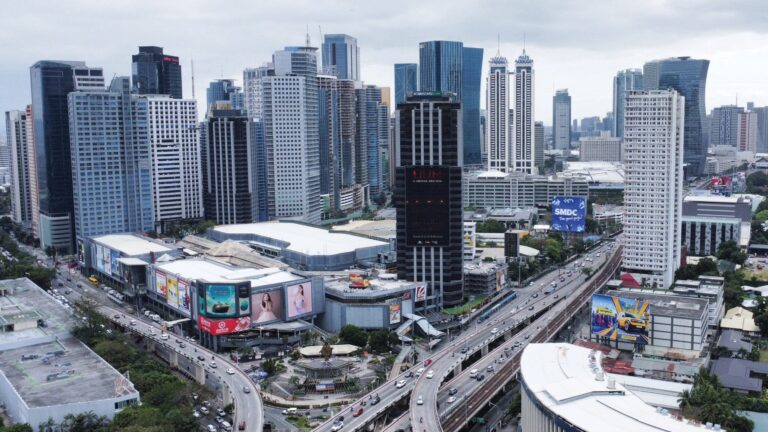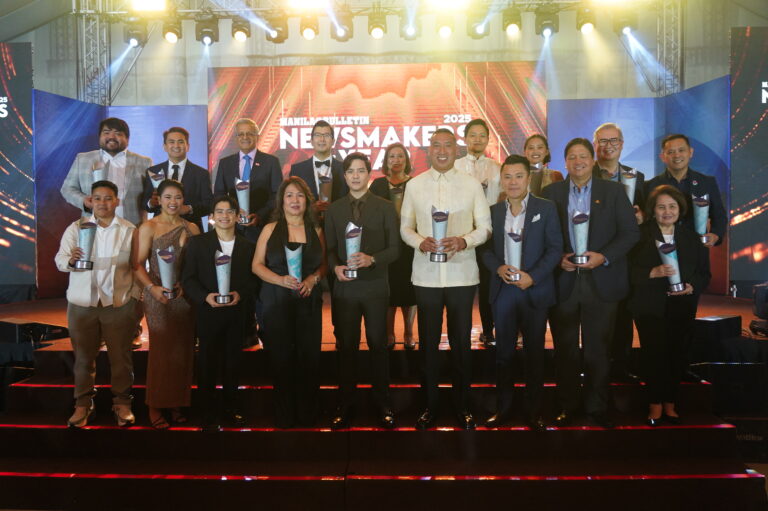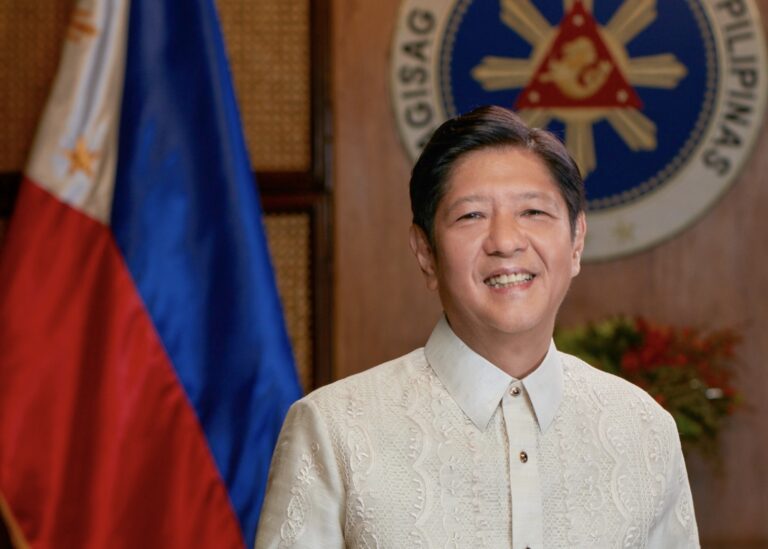Bacolod’s Yulo Park, almost as old as the Manila Bulletin, has been declared an ‘important cultural property’There is a park in Bacolod City that, suffice to say, is almost as old as the Manila Bulletin, which is turning 125 years old on Feb. 2.This is the Yulo Park at Barangay 14 that celebrated its 105th …
Bacolod’s Yulo Park, almost as old as the Manila Bulletin, has been declared an ‘important cultural property’
There is a park in Bacolod City that, suffice to say, is almost as old as the Manila Bulletin, which is turning 125 years old on Feb. 2.
This is the Yulo Park at Barangay 14 that celebrated its 105th anniversary on Aug. 22, 2024.
To cap this milestone, the National Museum of the Philippines (NMP) unveiled a national historical marker at the park 12 days after it celebrated its anniversary.
Lawyer Cecilia Tirol, director for NMP’s Visayas Museums, led the unveiling of the marker, along with the Yulo family, represented by Ynes Reyes Ganuelas, and local government officials headed by Negros Occidental Gov. Eugenio Jose Lacson and Bacolod Councilor Em Ang, chairperson of the City Council Committee on History, Culture, and Arts.
Bacolod is hoping to restore Yulo’s Park to its former glory, to revive history, and to share it with generations to come.
The late Don Mariano Yulo, former provincial governor and senator during the Commonwealth period, who would have turned 105 on Aug. 10 last year, built the park.
The site, established in 1919, earned its name as it was once a favored gathering place before the Bacolod public plaza was built.
Don Mariano’s son, Alfredo Yulo, also played a significant role in the city’s history, serving as mayor of Bacolod from May 27, 1940 to May 29, 1942.
Tirol emphasizes the importance of preserving such landmark, because losing such a tangible piece of cultural property, as represented by the edifice, means losing much of a story that goes with it.
“We also lose the identity and the story of who we are,” adds Tirol. “You, Negrenses, hold the key to ensuring that this story is enriched and kept alive.”
The park is now considered as an Important Cultural Property (ICP) of Bacolod, the first ever to be privately owned in the city.
Ganuelas thanks the people for their support. Bacolod is hoping to restore Yulo’s Park to its former glory, to revive history, and to share it with generations to come.
Other cultural properties significant to Bacolod have also submitted to the Philippine Registry of Cultural Property, namely, Bacolod Plaza Bandstand, the Bells of San Sebastian Cathedral,
Luzuriaga Cemetery, and Nuestra Senora de la Consolacion or La Consolacion College (LCC).
The park is also among seven landmarks in Negros Occidental, which are part of the Sugar Cultural Landscape of Negros, tentatively listed among the World Heritage Sites of the United Nations Educational, Scientific, and Cultural Organization (Unesco).
Others on the list are the Victorias Milling Co. in Victorias City, Hacienda Rosalia in Manapla town, Historic Center of Silay City, the Hawaiian-Philippine Co. sugar mill, also in Silay City, Balay ni Tana Dicang, and the Aniceto Lacson Ancestral House, both in Talisay City, and the Yulo’s Park in this city.
Councilor Em Ang, chairperson of the City Council Committee on History, Culture, and Arts, says they are collaborating with the owners on the restoration of Yulo Park, as they aim to turn it into a tourist destination.
Lacson thanks the city council for passing a resolution declaring the park as an ICP. “This is a demonstration of our commitment to preserving and celebrating the rich history of our province,” he says.






